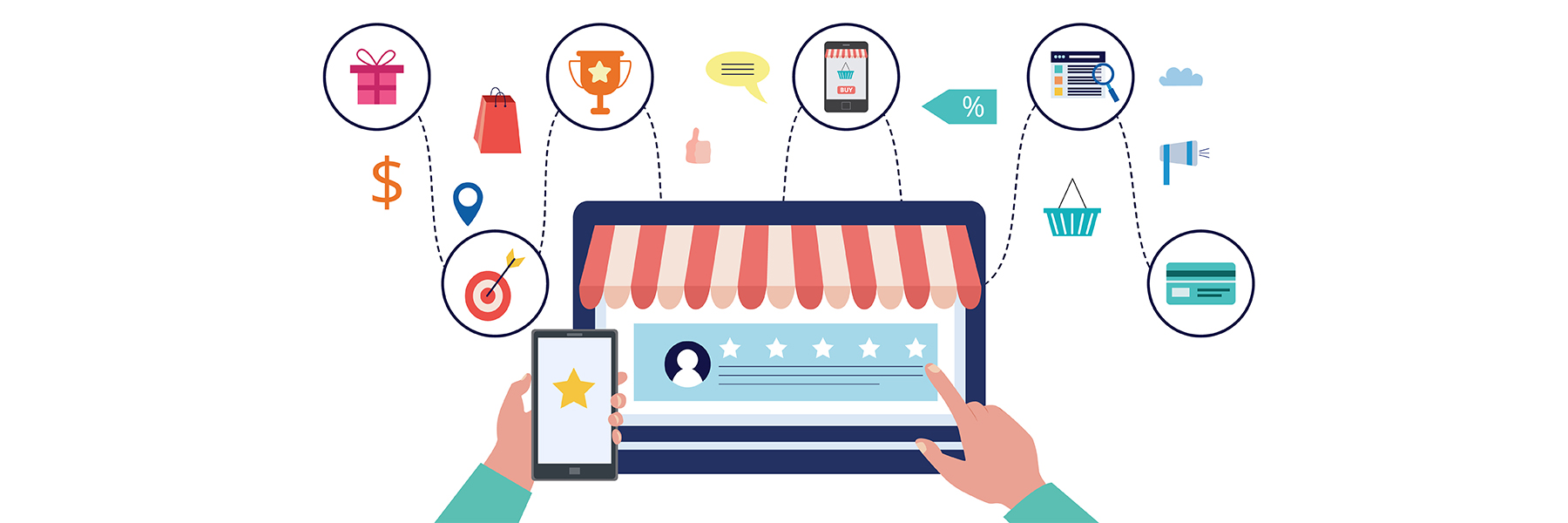
- Home
- Services
- Products
- About Us
- News
- Industries
- Resources
- Contact
Newtown Square • Philadelphia • Detroit • Cincinnati • Sacramento • Rochester • Willow Grove • Orlando • Buffalo

A consumer path to purchase represents the series of steps a person takes and the encounters he or she has on the way to buying a product or service, from initial awareness and consideration of the item through its actual purchase and use. It shouldn’t be confused with the customer journey, which involves only the latter part of the purchase journey, the interactions a consumer has once he or she has decided to buy a specific product.
In the past, the consumer path to purchase was relatively straightforward: a consumer recognized a need, considered the value a potential item had to satisfy that need, decided to buy, and then used the item. Today’s digital landscape coupled with more sophisticated consumers, however, means this once linear consumer path to purchase has changed to a more intricate network of intertwined experiences. As a result, companies must work — maybe not harder, but definitely smarter — than they have had to previously in order to close the deal.
Here’s how to create a consumer path to purchase capable of rendering positive results in today’s modern world:
The key to good business is having information and using it to form winning strategies. Pinpointing your target audience(s) and creating buyer personas will enable you to create a compelling sales strategy, one that grabs consumers’ attention and hopefully sways their purchasing behavior. Use customized market research tools to help you assess various market segments and gather valuable quantitative and qualitative data. Then use that data to inform your sales and marketing decisions.
With a sales strategy, you can begin to personalize your content, providing customized channels and platforms that speak to individuals, not masses. Research shows that personalized content drives purchases and is often THE deciding factor when consumers choose to buy a product. Develop a plan for crafting continuous content that speaks to consumers when and where they are. Some suggestions include targeted email campaigns, social media ads, blogs, and online forums. Use SEO analytics to identify and route patterns of traffic to your online resources, and always make sure the things you post and publish are relevant and timely. Nothing’s worse than outdated, stale or repetitive information.
Content, of course, plays a large part in your marketing and advertising endeavors, but experiences are similarly important. Think about the other ways you market your brand and establish when, where and how consumers interact with you. Use the information you gather to create even more frequent and more convenient engagement opportunities with the people you seek to serve. The key to marketing well is not just creating content that informs but creating content that inspires action, that fosters an enduring relationship with your brand. With this in mind, you need to audit the breadth of all your marketing practices so that you are able to provide intentional and educational opportunities that initiate meaningful connections with consumers, creating loyalty to your brand, and, thus, benefiting your bottom line.
Finally, you need to commit to continuously reassessing. Ongoing assessment allows you to be proactive rather than reactive, keeping you up-to-date on changing trends so that you can predict market needs rather than simply responding to them. It also enables you to benchmark your marketing efforts, defining where you are at any given time so that you can continue to educate, inspire and influence the consumer path to purchase in the future.
To learn more about the consumer path to purchase and how quality market research can help your company develop a winning strategy for influencing it, please contact our team at Research America. Our professional researchers understand the unique nature of consumer paths to purchase and can partner with you so that you get the data you need to improve your ROI.